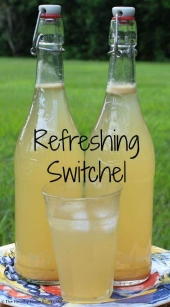This is a series I watched sporadically as a child. Turns out it is still around.
It features making things from wood using things like hand axes, hand saws, and carving tools.
Many of the episode are now available online.
This one I watched earlier is focused on how to carve a Swedish spoon. It includes alot of safety tips, a bit on how to choose the right wood, and some thoughts on what a good spoon design is.
http://www.pbs.org/woodwrightsshop/video/3100/3108.html
There is lots more than spoons available. Surf around and maybe somewhere he'll cover what you really want.







